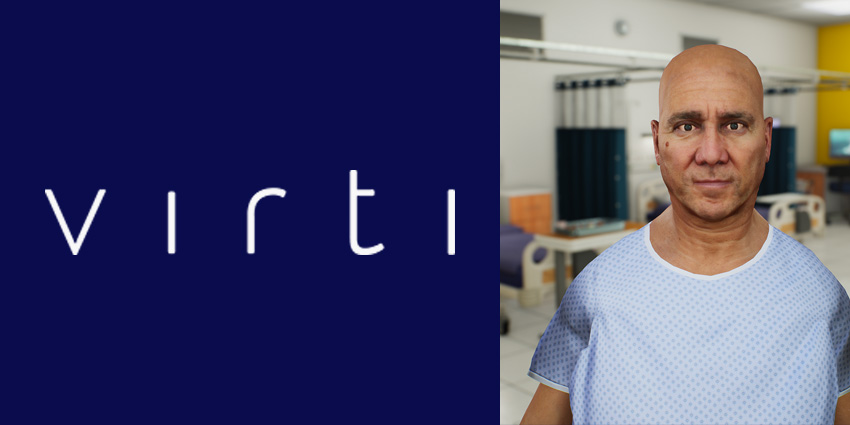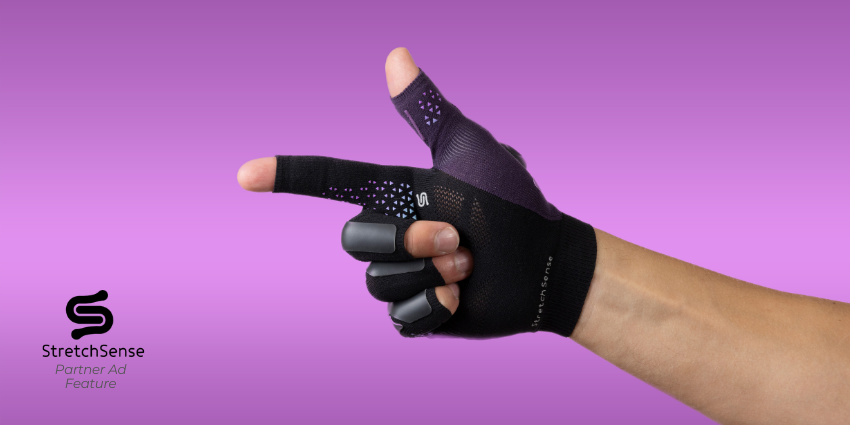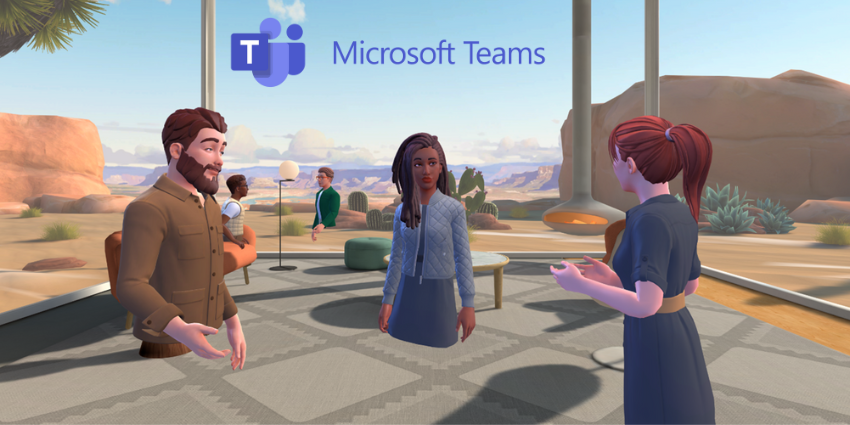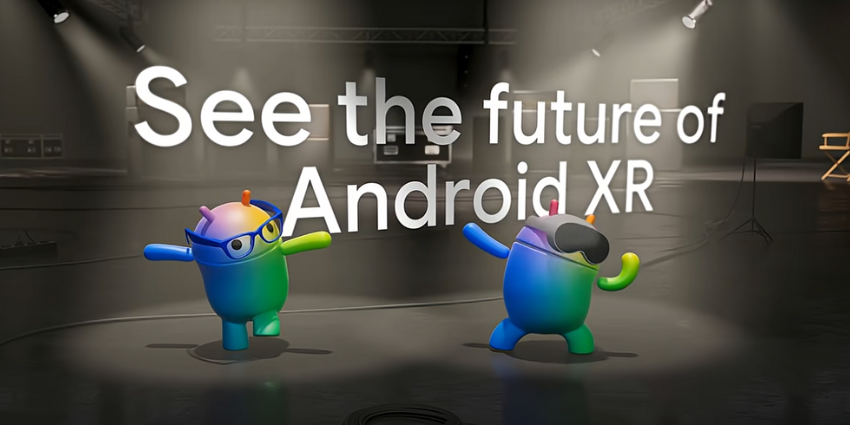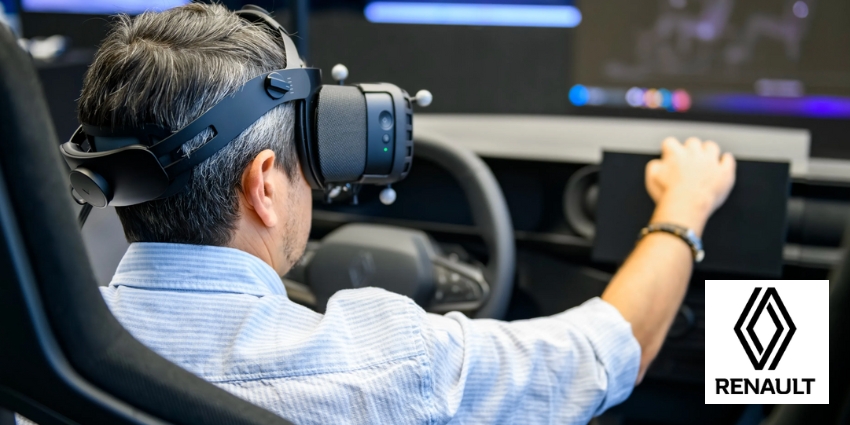According to Verified Market Research, the global virtual reality in the healthcare market (valued at USD 2.14 billion in 2019) is projected to reach USD 33.72 billion by 2027 – and a significant percentage of that growth comes from VR training platforms like Virti.
To find out more about this growth, XR Today invited Alex Young, Founder of Virti, to tell us about his platform and explain why he believes the demand for VR training in the healthcare sector is so high.
New Training System Long Overdue

First, we asked Young to explain how vital VR training is right now to the healthcare sector. With the COVID-19 pandemic continuing to wreak havoc on healthcare and education systems worldwide, how exactly is virtual reality helping organizations overcome these problems?
He told us that, even before the COVID-19 crisis began, better alternatives to traditional healthcare training methods were long overdue. Unlike before, the workforce today, especially younger generations, has been raised in a culture driven by technology, and they expect education systems to follow that trend.
However, many universities and medical institutions today still focus on dated textbook-based learning systems and video role-playing demonstrations that do little to engage medical students and prepare them for the practical side of their training.
“When I was training as an Orthopaedic Surgeon, I was always amazed at the fact that so much of the learning process begins once you get into a real-life work environment.”
With virtual reality training solutions like Virti, however, students are given a middle ground where they can place theory into practice within a highly realistic, simulated medical environment, all without ever having to put themselves or their patients at risk.
“Suddenly, you’re building out this much more data-driven, scalable training process, which helps employers quickly understand where their trainee’s weaknesses and strengths lay so they can speed up the process, improve results, and cut down training costs.”
According to Young, by integrating the VR training platform with AI elements, Virti can also help organizations harness and leverage data they wouldn’t usually be able to. By gathering metrics based on how medical students interact with patients and how they react to problems, employers can better understand student performance and determine what best actions to take to improve success rates.
Where does Virti go from here?
Alongside being named “VR Healthcare Company of the Year” at the VR Awards, Virti was also recently included in Time Magazine’s Top 100 Inventions of 2020 – but does the company plan to branch out of healthcare in the future?
While Young is proud of everything his company has accomplished in the healthcare sector to date, he tells us the company is planning on moving into other industries in 2021 to capitalize on the growing trend of VR training for the enterprise.
As the business world continues to evolve, Young tells us the demand for things like emotional intelligence and soft skills training in the enterprise is becoming critical for organizational performance and future success. Considering this, Virti plans to take everything it has learned from the healthcare training market and apply it to other sectors over the next 12 months.
For more information on VR training in the enterprise, be sure to check in on XR today when we cover the trend in full later on this year.
